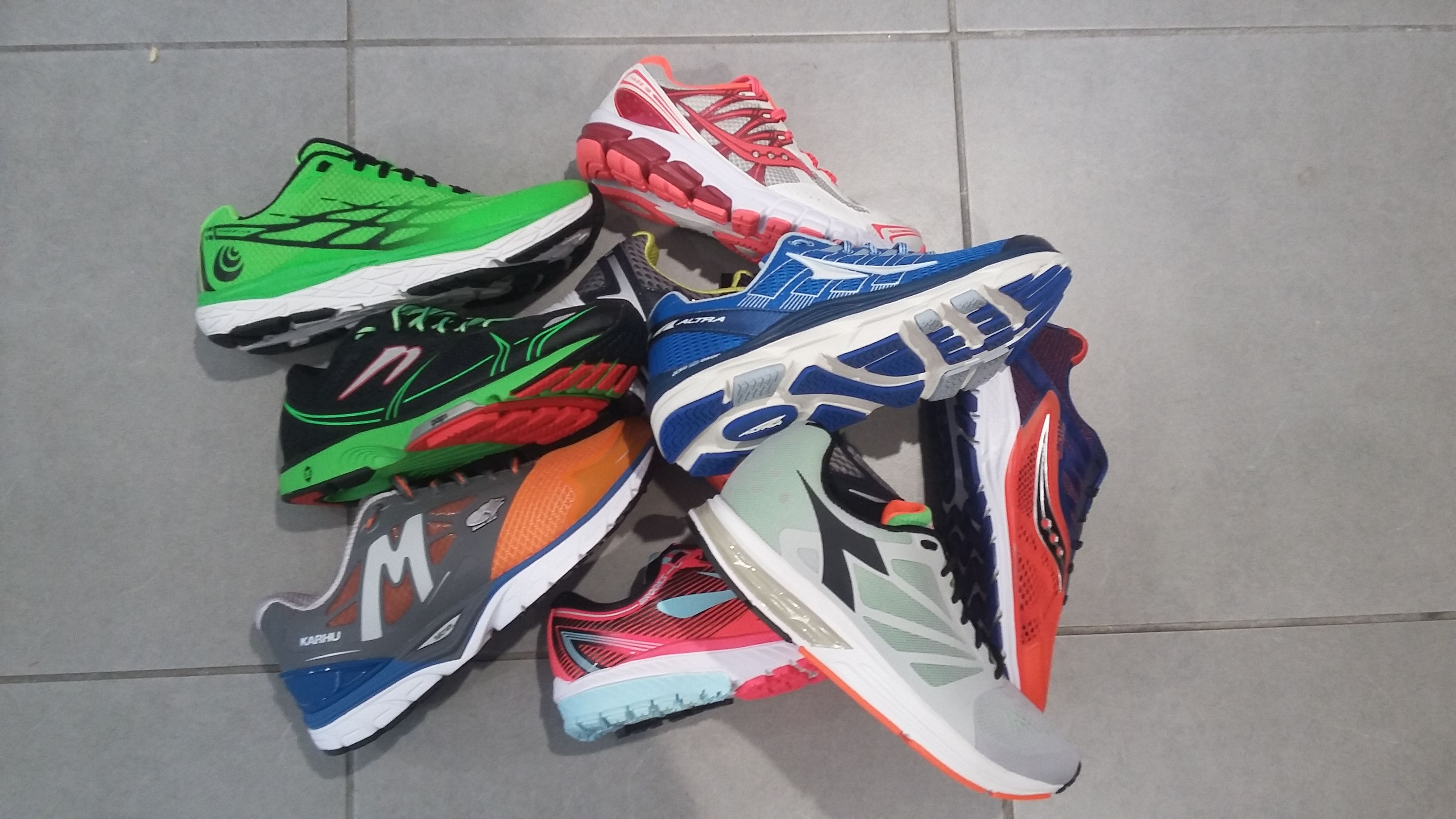How to get oriented when buying running shoes
Good morning, dear runners friends, with today's post I would like to return to the concept of pronation, and specify better why it is so important for a runner. The pronation, as we mentioned in the previous post, is the combined collapse of the ankle, knee and hip inward, it is our natural cushioning system.
The problems are greater for our time when the corridor has an excess of pronation, it is a hyper-pronator, but the correct procedure is not always the case, when objectively this problem is found, is to use a Support shoe, called anti- pronation.
I will give you an example of a famous Italian building, the "Tower of Pisa". This beautiful building is naturally of some degrees, but it is stable and not subject to collapse dangers.
If we tried to straighten up the Tower of Pisa, we would risk provoking a collapse in some part of its structure, when we should necessarily also act on the foundations of this building.
The same thing can be said for a runner with an excess of pronation, when you try to correct his problem with a Support shoe, you risk causing great upheavals.
The dilemma now arises, which shoe should we buy for ourselves?
It is not a simple answer, because every person has different characteristics.
Generally speaking, a person with little pronation must buy a Neutra shoe with a large plant, while a person with a normal pronation can choose a Neutra shoe with a normal plant.
Racers that have an excess of pronation can act in different ways. You can actually try to correct the excessive pronation with the Support shoe, but we must consider that this choice could trigger pain in the joints, due to the anti-pronation inserts present in the midsole of the shoe.
Or you could, in cases of ascertained hyper-pronation, opt for a Guidance shoe, with a moderate control of the movement, and check the reaction of our body and the adaptations that this shoe causes.
Another solution, which is valid for all categories of runners, could be to choose Neutre footwear and insert custom made orthotics, made by medical personnel from the base of the analysis of their support on the ground, in order to have a shoe corresponding to those that are our specific needs. It should be emphasized that the use of customized insoles is not always well tolerated by our body, as it can often cause adaptation pains.
The last advice we would like to give you is to buy your running shoes in a specialized store in running, able to direct you correctly towards the purchase of the shoe suitable for your personal style of running.
For more information about the @runningproject please read ''The Steem Running Project: Introductory Post'' and also ''The Steem Running Project: Growing!!!! 5th Status Report''.
Post created by @mad-runner as assigned Running Clothes Adviser of @runningproject
Cover image of my property

Definitely buy in a specialty running store. I have been to many different specialty stores in different countries and I have found the service is always great because it's runners that love helping other runners.
Right words, dear @anthrovegan, and almost always like that, a corridor that sells products to other runners, putting its experience at their service.
Another informative post @mad-runner! How long would you suggest someone try a new shoe before deciding if that style works or not? I know it can take a little while for the muscles and connective tissue to adapt even if it is a good fit.
Hi, Dear @plantstoplanks, there is no general rule. I switched to shoes inspired by the Barefoot philosophy, using a Newton Gravity, and now an Altra Provision 3.0.
I feel that my body is reacting to these new stimuli, different to the change of setting, and stretching is very important to make the muscles more suitable to accept this type of shoe.
The reactions and adaptations athlete/shoe are very subjective, and sometimes unfortunately things do not always work. If you need any information, mentioning your specific case, contact me without problems, I wish you a Happy Day
I was just curious if there seemed to be a general time frame for adaptations that you had seen, but makes perfect sense that each of us are so different in our physiology, running style, and the amount of running that we do. It took me a few weeks to get used to the barefoot style, with lots of foam rolling and stretching of my calves in between runs after getting more activation in the lower leg muscles. :)
You're absolutely right, dear, with regard to the speech of muscle stimulation, especially as regards the lower part of the leg, between the knee and the foot, the pain can be locally high intensity, as I can confirm too ' I'm trying Altra Provision, with new pains that I had never tried before, but slowly my body will get used, soon I'll do a post about it